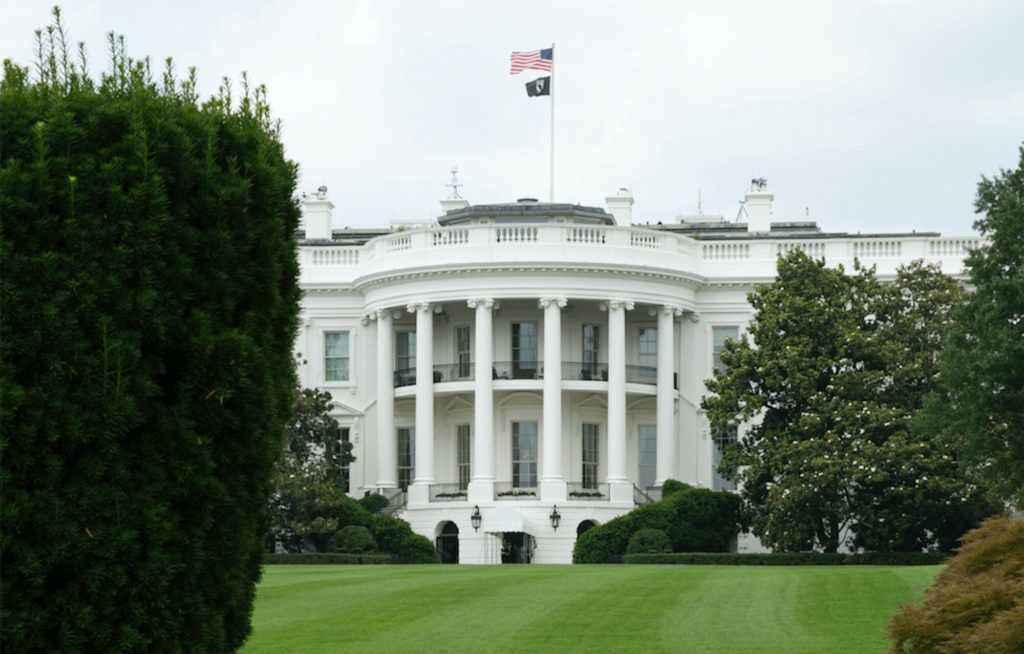
Support is building in Congress for providing funds for the care economy, but there appears to be a wide gulf between Democrats and Republicans on how to go about it. That became vividly clear during a joint hearing Tuesday by two House Education and Labor subcommittees.
During the hearing, Democrats advocated for the Direct Creation, Advancement and Retention of Employment (CARE) Opportunity Act, which would invest $1 billion to help train and prepare the direct care workforce. The plan would provide money to states to invest in strategies to recruit, retrain and advance direct care workers. It also would encourage innovation to address local and regional workforce shortages.
“Our society and our economy depend on direct care workers,” Rep. Mark DeSaulnier (D-CA) said. “They deserve better, as do their clients. We are committed to that goal.”
But Rep. Rick Allen (R-GA) pushed back against legislation that would specifically benefit direct care workers in favor of something that would support all workers.
“Congress cannot fall into the trap of having hundreds of different programs, each devoted to one particular occupation,” Allen said. “This is why I advocate for apprentice-style programs that combine structured on-the-job learning and classroom based instruction that gives individuals a low-risk option to determine if a job is a good fit for them.”
In March, President Joseph Biden announced the American Jobs Plan, which included a call to Congress to rebuild the nation’s care economy by raising the wages of care workers, as well as providing training and career development. Demand for workers to care for aging Americans is expected to increase by 34% by the end of the decade. Although members on both sides of Congress agree the dearth of care workers is becoming a crisis, they haven’t yet reached a consensus on how to address the problem.
Rep. Gregory Murphy (R-NC) argued the U.S. already has the means to build out the care economy, calling for a reassessment of the Workforce Innovation and Opportunity Act (WIOA). That law passed in 2014 with broad bipartisan support and helps workers access education, training and support services.
“In the existing WIOA, each state must create a one-stop delivery system that connects job seekers with in-demand jobs,” Murphy said. “Direct care services should be part of those state and local workforce development conversations.”
While Paul Burani, an executive from an online training firm testified the WIOA offers a “world of possibilities,” he also said it needed to be modernized. Burani, head of business development at Mountain View, CA-based Udacity, said WIOA is siloed by state and has numerous administrative burdens.
“Let’s envision a WIOA in which funding, governance and operations are executed at a more aggregated level,” Burani said. “Support that with incentives for neighboring workforce areas to collaborate. Providers could better tailor their solutions to meet market needs.”
Maine State Rep. Jessica Fay (D) told the subcommittees any federal legislation should work to dispel the perception that caregiving is a dead-end job. In a state with the highest median age, Maine is desperately trying to attract younger workers into home care. Fay called on Congress to be flexible and open-minded in its approach to addressing the demand for caregivers.
“Funding pilot programs that would allow us to do some evidence-based work on what is successful could be really helpful,” Fay said.
This article originally appeared on McKnight's Senior Living



